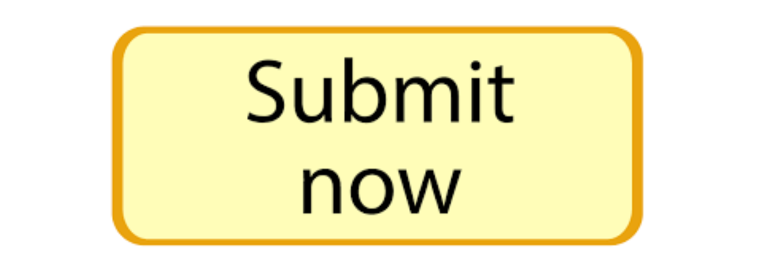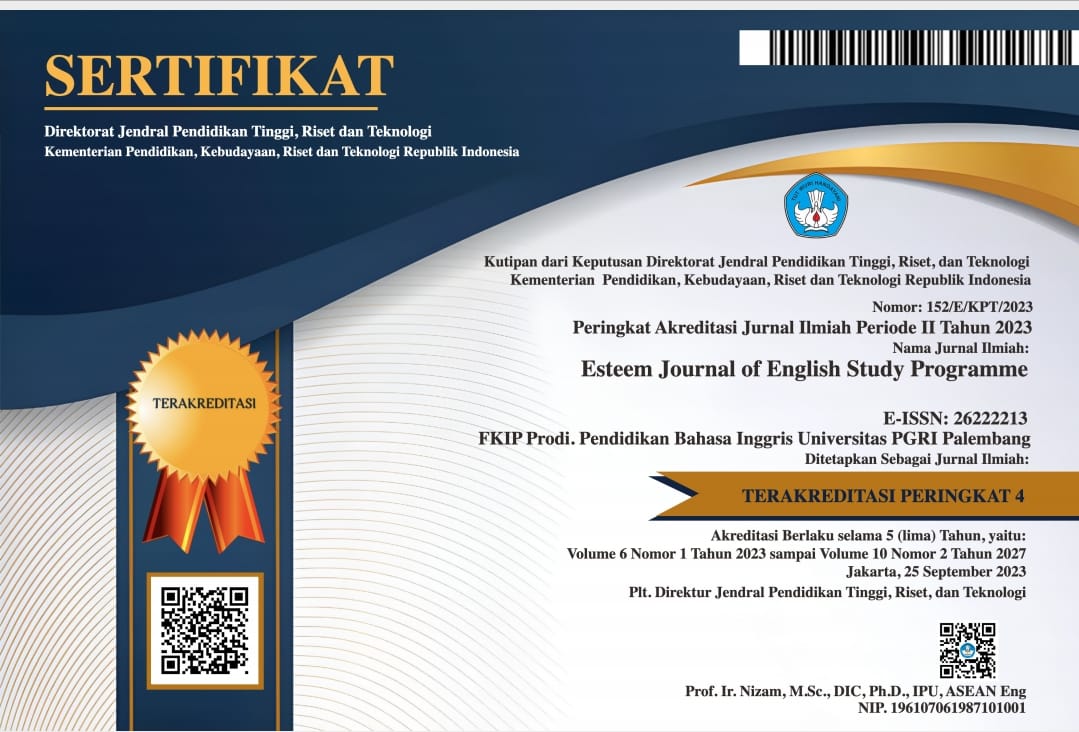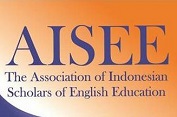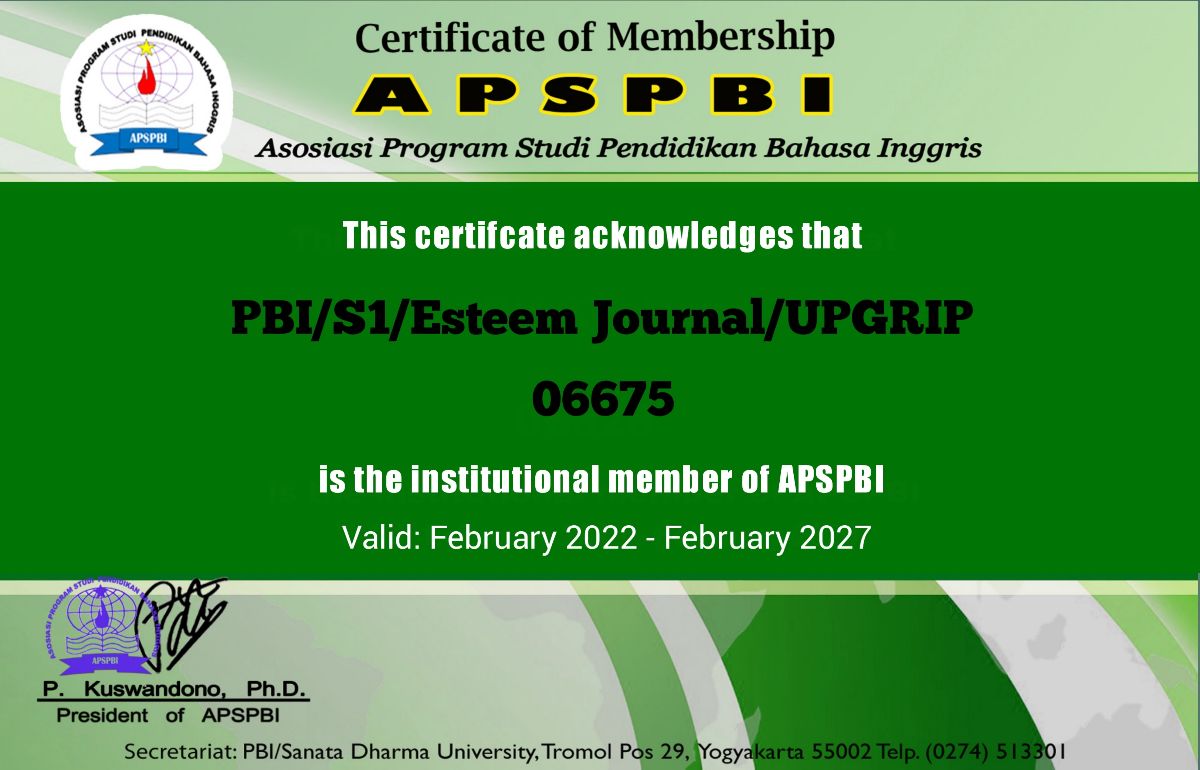AN ANALYSIS OF ILLOCUTIONARY ACTS UTILIZED BY LECTURERS IN LISTENING CLASSES
DOI:
https://doi.org/10.31851/esteem.v8i1.18232Keywords:
Classroom Interaction, Illocutionary Act, Listening Classes, Searle's FrameworkAbstract
This study examines how lecturers use illocutionary acts in listening classes at the Islamic University of Kadiri, analyzing them through Searle’s framework. A qualitative approach was used to identify the most frequent illocutionary acts, their roles in classroom interactions, and the impact of cultural and institutional contexts. Data were collected via classroom observations, audio-video recordings, and semi-structured interviews with lecturers from two classes (Class A and Class B). The findings indicate that directives were the most common illocutionary acts, accounting for 69.45% of utterances in Class A and 53.57% in Class B, followed by assertives (15.85% in Class A and 30.56% in Class B) and expressives (13.25% in Class A and 15.08% in Class B), which fostered a positive learning atmosphere. Commissives were rare, appearing only in Class A (1.44%), while declaratives were minimal, present only in Class B (0.79%). This research highlights the lecturers' strategies in guiding students and creating a supportive learning environment. It emphasizes the need for tailored communication strategies to improve student engagement and comprehension in listening classes. Future research could explore similar analyses in diverse educational settings to broaden these insights, especially in the context of Islamic universities in Indonesia.
References
Alfaruq, U., & Hasyim, A. (2017). Restoring Moslem identity by integrating Islamic values in English speaking class. Attarbiyah: Journal of Islamic Culture and Education, 2(1), 1–27. https://doi.org/10.18326/attarbiyah.v2i1.1-27
Arslan, M. (2006). the Role of Questioning in the Classroom. Hasan Ali Yücel Eğitim Fakültesi Dergisi Sayı, 2, 81–103.
Austin, J. L. (1962). How to do things with word (2nd ed.). Oxfod University Press.
Bachman, L. F. (1990). Fundamental considerations in language testing. Oxford University Press.
Chen, Z., & Zhang, P. (2022). Trait emotional intelligence and second language performance: a case study of Chinese EFL learners. Journal of Multilingual and Multicultural Development, 43(8), 731–745. https://doi.org/10.1080/01434632.2020.1767633
Creswell, J. W. (2013). Research Design Pendekatan Kualitatif, Kuantitatif, dan Mixed. Pustaka Pelajar.
Field, J. (2009). Listening in the language classroom. Cambridge University Press.
Fadilah, I. A., Jaya, A., & Uzer, Y. (2023). Visual Representation and Comprehension: the Exploration of Multimodal Text To Energize Reading of the Tenth Grade Students’ At State Vocational High School 5 of Palembang. Esteem Journal of English Education Study Programme, 6(1), 125–130. https://doi.org/10.31851/esteem.v6i1.10226
Flanders, N. A. (1970). Analyzing teaching behavior. Addison-Wesley.
Fraenkel, J. R., Wallen, N. E., & Hyun, H. h. (2014). How To Design And Evaluate Research In Education (Eighth Edi). McGraw-Hill Education.
Fragoulis, I & Tsiplakides, I. (2009). English Language Teaching.
Goh, C. C. M. (2000). A cognitive perspective on language learners’ listening comprehension problems. System, 28(1), 55–75. https://doi.org/10.1016/S0346-251X(99)00060-3
Goh, C. C. ., & Vandergrift, L. (2021). Teaching and Learning Second Language Listening: Metacognition in Action (2nd ed.). Routledge. https://doi.org/https://doi.org/10.4324/9780429287749
Gumperz, J. J. (1982). Discourse Strategies. Cambridge University Press. https://doi.org/10.1017/CBO9780511611834
Gumperz, J. J. (2009). Discourse strategies. Cambridge University Press.
Hargie, O. (2011). Skilled interpersonal communication: Research, theory and practice (5th ed.). Routledge/Taylor & Francis Group.
Hymes, D. (1972). On communicative competence. In Sociolinguistics (pp. 269–285). Penguin Books.
Ismalinda, S., Masita, E., & Hidayat, M. (2023). Teachers ’ Question Types and Questioning Strategies : A Classroom Interaction Analysis. Indonesian Research Journal in Educatio, 7(2), 336–350. https://online-journal.unja.ac.id/irje/article/view/20757/17186
Lesiana, N., Mulyadi, Aswadi Jaya, & Pratiwi, E. (2023). Classroom Interaction in Communicative Language Teaching of Secondary School. Esteem Journal of English Education Study Programme, 7(1), 61–71. https://doi.org/10.31851/esteem.v7i1.12661
Lincoln, Y. (1980). Guba. E.(1985). Naturalistic inquiry. Beverly Hills: Sage. Lincoln Naturalistic Inquiry 1985.
Lotu, Y. K., Huan, E., & Bilibora, D. I. N. (2023). The illocutionary acts used by an English lecturer in the teaching and learning process at the English Study Program of Nusa Cendana University. Journal of Language, Education, and Culture, 2(1), 34–41.
Mackey, A., & Gass, S. M. (2005). Second language research: Methodology and design. Lawrence Erlbaum Associates Publishers.
Mercer, S. (2018). Psychology for language learning: Spare a thought for the teacher. Language Teaching, 51(4), 504–525. https://doi.org/10.1017/S0261444817000258
Mey, J. L. (2001). Pragmatics: An introduction (2nd ed.). Blackwell Publishing.
Rewai, K., & Junaid, R. (n.d.). Illocutionary Acts in English Teacher-Student Classroom Interaction at Local High School. In Jurnal Sinestesia (Vol. 11, Issue 2). https://sinestesia.pustaka.my.id/journal/article/view/167
Richards, J. C., & Rodgers, T. S. (2014). Approaches and Methods In Language Teaching. Cambridge University Press.
Rost, M. (2011). Teaching and Researching : Listening (2nd ed.). Routledge. https://doi.org/https://doi.org/10.4324/9781315833705
Sari, D. K., Chandra, N. E., & Al Arief, Y. (2021). An analysis of illocutionary acts produced by the lecturer in online classroom interaction. Humanika, 29(2), 249–266. https://doi.org/10.2991/assehr.k.211021.009
Scollon, R., & Scollon, S. (2001). Discourse and intercultural communication. In The handbook of discourse analysis (pp. 538–547). Blackwell Publishers.
Searle, J. R. (1969). Speech acts: An essay in the philosophy of language. Cambridge University Press. https://doi.org/10.1017/CBO9781139173438
Stake, R. E. (1995). The art of case study research. Sage Publications.
Tannen, D. (1993). Gender and conversational interaction. Oxford University Press.
Tran, N., Hoang, D. T. N., Gillespie, R., Yen, T. T. H., & Phung, H. (2024). Enhancing EFL learners’ speaking and listening skills through authentic online conversations with video conferencing tools. Innovation in Language Learning and Teaching, 1–11. https://doi.org/10.1080/17501229.2024.2334809
Underwood, M. (1989). Teaching Listening. Longman.
Vandergrift, L., & Goh, C. C. . (2012). Teaching and Learning Second Language Listening: Metacognition in Action. Routledge.
Walsh, S. (2006). Investigating Classroom Discourse. Routledge.
Yule, G. (1996). Pragmatics. Oxford University Press.
Yulian, A. A., & Mandarani, V. (2023). A Speech Act Analysis: Illocutionary Acts Produced By Teacher In Esl Classroom. Celtic : A Journal of Culture, English Language Teaching, Literature and Linguistics, 10(1), 1–13. https://doi.org/10.22219/celtic.v10i1.23276
Zulkifli, N. N., Letchumanan, M., Kamarudin, S., Halim, N. D. A., & Hashim, S. (2022). A Review: The Effectiveness of Using TikTok in Teaching and Learning. International Conference on Computers in Education.
Downloads
Published
Issue
Section
License
Copyright (c) 2025 Indira Karin Putri Rudy, Sri Wulandari, Entusiastik

This work is licensed under a Creative Commons Attribution-NonCommercial-ShareAlike 4.0 International License.
Copyright Notice
Authors who publish with this journal agree to the following terms:
In order to assure the highest standards for published articles, a peer review policy is applied. In pursue of the compliance with academic standards, all parties involved in the publishing process (the authors, the editors and the editorial board and the reviewers) agree to meet the responsibilities stated below in accordance to the Journal publication ethics and malpractice statement.
Duties of Authors:
- The author(s) warrant that the submitted article is an original work, which has not been previously published, and that they have obtained an agreement from any co-author(s) prior to the manuscript’s submission;
- The author(s) should not submit articles describing essentially the same research to more than one journal;
- The authors(s) make certain that the manuscript meets the terms of the Manuscript Submission Guideline regarding appropriate academic citation and that no copyright infringement occurs;
- The authors(s) should inform the editors about any conflict of interests and report any errors they subsequently, discover in their manuscript.
Duties of Editors and the Editorial Board:
- The editors, together with the editorial board, are responsible for deciding upon the publication or rejection of the submitted manuscripts based only on their originality, significance, and relevance to the domains of the journal;
- The editors evaluate the manuscripts compliance with academic criteria, the domains of the journal and the guidelines;
- The editors must at all times respect the confidentiality of any information pertaining to the submitted manuscripts;
- The editors assign the review of each manuscript to two reviewers chosen according to their domains of expertise. The editors must take into account any conflict of interest reported by the authors and the reviewers.
- The editors must ensure that the comments and recommendations of the reviewers are sent to the author(s) in due time and that the manuscripts are returned to the editors, who take the final decision to publish them or not.
Authors are permitted and encouraged to post online a pre-publication manuscript (but not the Publisher final formatted PDF version of the Work) in institutional repositories or on their Websites prior to and during the submission process, as it can lead to productive exchanges, as well as earlier and greater citation of published work (see The Effect of Open Access). Any such posting made before acceptance and publication of the Work shall be updated upon publication to include a reference to the Publisher-assigned DOI (Digital Object Identifier) and a link to the online abstract for the final published Work in the Journal.





























